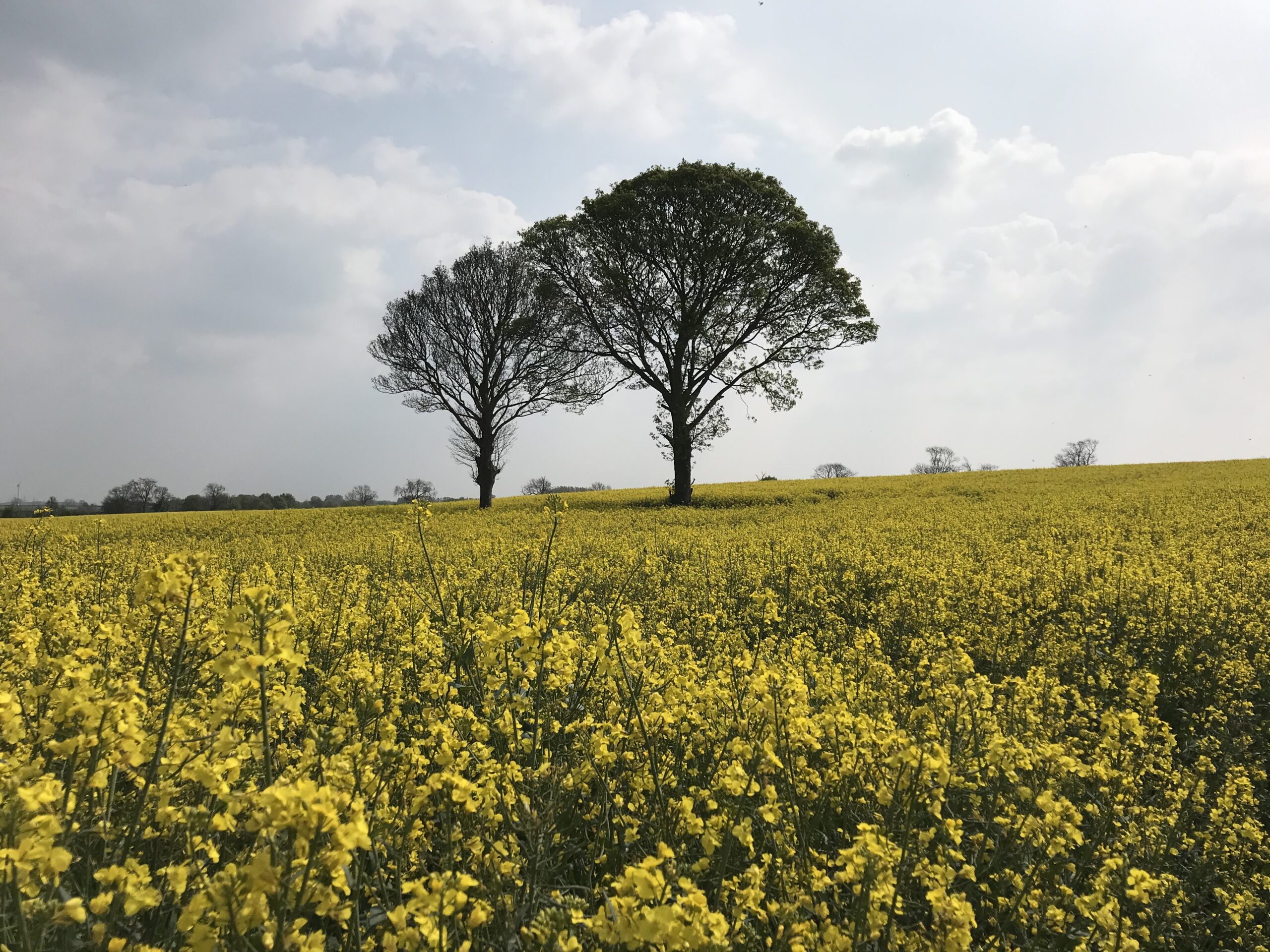Controlling the damaging disease of Sclerotinia in oilseed rape will be more important then ever this season as oilseed rape prices hit some of the highest prices seen for several years, is the advice from Ruth Stanley, country manager for off-patent manufacturers Life Scientific.
Sclerotinia stem rot is usually the main disease to consider during the flowering stages of oilseed rape.
“As prices sit at circa £800/tonne at the end of April, it’s vital to protect that all crucial yield potential as crops come into the flowering stage,” she says.
“Although there is a wide variation in growth stages of oilseed rape crops across the country, mostly due to CSFB or pigeon grazing, the flowering period is already underway in many earlier drilled crops and this is coinciding with conditions suitable to the spread of sclerotinia in some areas.”
“With sclerotinia it’s all about protection, and this means getting the timing of that first spray right, and that’s one of the biggest difficulties that growers have,” she says.
“Fungicides need to be in place before significant petal fall occurs in the oilseed rape crops, as the ascospores released when the sclerotia germinate need a nutrient source, which comes from the petals.”
“So if the petals attach themselves to the leaves or stem of the plant as they fall and airborne inoculum is around, there is an opportunity for infection to take place.”
Although the infection cycle of sclerotinia sclerotiorum is complex, a good understanding of the three main risk factors – the presence of sclerotinia inoculum, warm and humid weather conditions and crops in flower – will help to target control.
“Germination takes place when soils reach a temperature of 8-10C with some soil moisture. The spores then infect plants when temperatures are above 7C and there’s high humidity.”
The AHDB Sclerotinia map is the best source of information on current rusk and can be found on the AHDB cereals and oilseeds website https://ahdb.org.uk/sclerotinia-infection-risk-alerts-for-oilseed-rape
The map shows the potential infection risk level at oilseed rape monitoring sites across the UK and is based on a simple traffic light system of high, moderate and low risk and individual site risk can be accessed by clicking on the map.
Mrs Stanley notes that whilst timing is all important for the best control, when deciding on product choice for sclerotinia it is important to consider using a non-triazole option, as part of an anti resistance strategy, particularly where a triazole has already been used in the programme, perhaps for Light Leaf Spot control.
She recommends a non triazole based option such as Azoxystar as a good alternative.
“As a strobilurin, Azoxystar also has strong physiological effects on the crop such as reducing the production of the stress hormone ethylene, which causes early stomatal closure, reduced green leaf area, pod abortion and pod shatter.“
She notes that in an extended flowering season or if crops are at various growth stages due to pigeon damage, for example, two applications can be used as any fungicide used will only give around 3 weeks of plant protection and it can be difficult to get the application timing to fit perfectly with weather and growth stage.
“There’s about a three-week limit on spray persistency. So getting applications to cover the whole petal fall period is more likely with a two-spray programme. And we’ve learned from past experience that sclerotinia doesn’t go away if it dries up – dew is enough to cause petal stick,” she says.
For more information on Azoxystar including product label, safety data sheet and compatible tank mixes see the Life Scientific website AZOXYSTAR® – Life Scientific International or download the app

